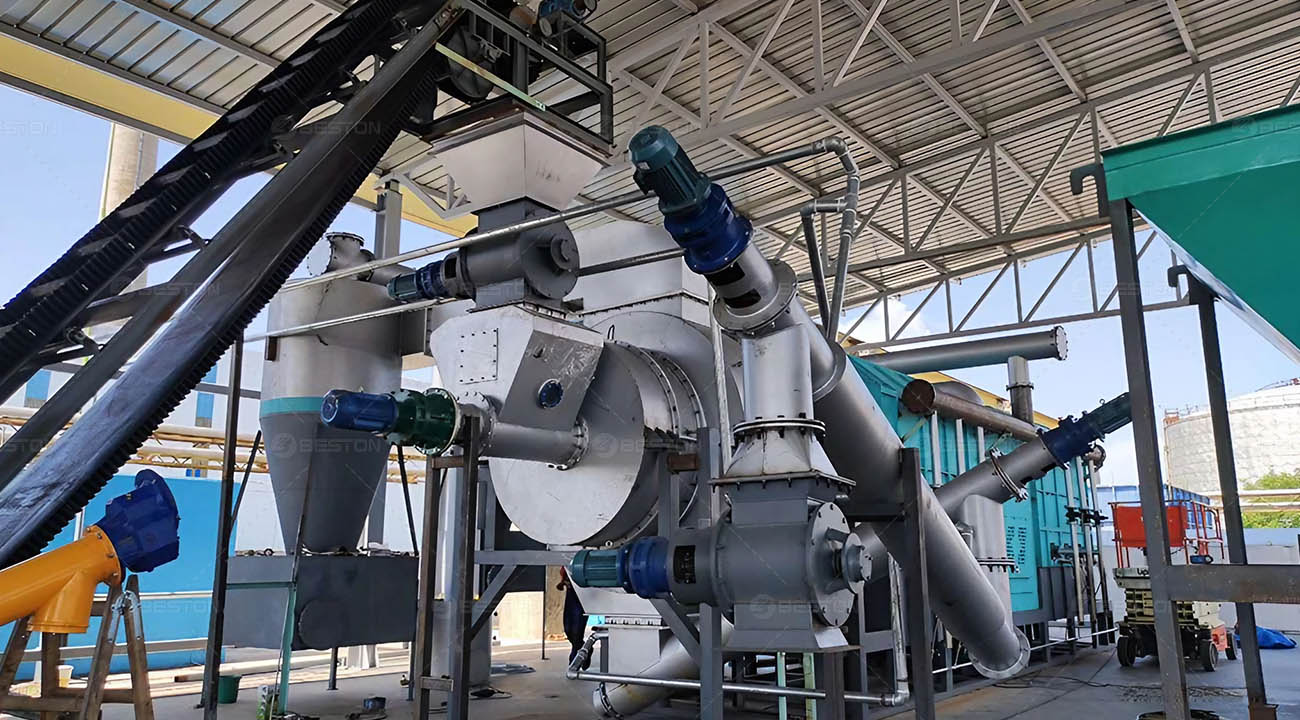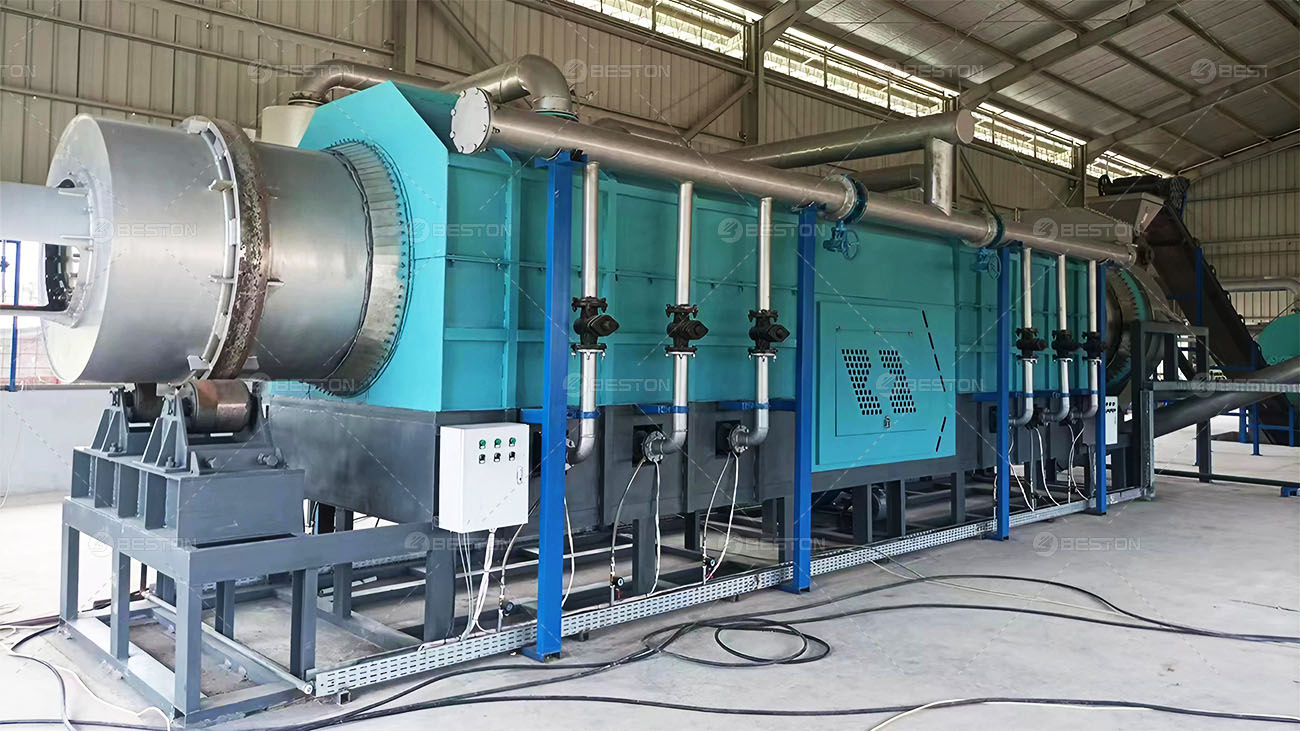Profitability Analysis of Bamboo Charcoal Production
Bamboo charcoal production has gained attention as a sustainable and profitable business venture. In this comprehensive analysis, we delve into the various factors influencing the profitability of bamboo charcoal production, including market demand, production costs, and the efficiency of bamboo charcoal making machines.

Understanding Bamboo Charcoal Production
Bamboo charcoal is derived from bamboo, a fast-growing and renewable resource known for its strength and durability. The production process involves carbonizing bamboo at high temperatures in the absence of oxygen, resulting in a porous charcoal with various applications, including cooking, air purification, and soil enhancement.
Key Components of Bamboo Charcoal Making Machines
The bamboo charcoal making machine is specialized equipment designed to efficiently convert bamboo into charcoal. These machines typically consist of the following components:
- Carbonization Chamber: Where bamboo is heated to high temperatures for carbonization.
- Heat Source: Provides the energy required for the carbonization process, often utilizing biomass fuels or electricity.
- Control System: Regulates temperature, airflow, and other parameters to ensure optimal carbonization conditions.
- Cooling System: Cools the charcoal after carbonization, preventing over-burning and ensuring product quality.
- Collection and Packaging System: Collects the finished charcoal and packages it for distribution and sale.
Factors Influencing Profitability
1. Market Demand
The demand for bamboo charcoal varies depending on its applications and market trends. Analyzing market demand and identifying niche markets can help maximize profitability. Bamboo charcoal’s popularity in eco-friendly and health-conscious consumer segments presents lucrative opportunities for producers.
2. Production Costs
Production costs play a significant role in determining profitability. Key cost factors include:
- Raw Material Costs: The cost of sourcing bamboo, which may vary depending on availability and transportation logistics.
- Energy Costs: The cost of energy required for carbonization, including fuel or electricity expenses.
- Labor Costs: Labor costs associated with operating and maintaining bamboo charcoal making machines.
- Maintenance and Depreciation: Costs related to machine maintenance, repairs, and depreciation over time.
3. Efficiency of Bamboo Charcoal Making Machines
The efficiency of bamboo charcoal making kiln directly impacts production capacity and cost-effectiveness. Factors affecting efficiency include:
- Carbonization Speed: The rate at which bamboo can be carbonized influences overall production output and efficiency.
- Energy Efficiency: Machines that utilize energy-efficient heating mechanisms and optimize heat transfer can reduce energy consumption and operating costs.
- Automation and Control Systems: Advanced control systems that automate temperature and airflow adjustments can improve process consistency and efficiency.
4. Quality Control
Maintaining consistent product quality is essential for customer satisfaction and market competitiveness. Quality control measures, such as monitoring carbonization parameters and conducting product testing, ensure that the charcoal meets established standards and requirements.

Profitability Analysis Framework
1. Revenue Projection
Estimating revenue involves assessing market demand, pricing strategies, and sales volume projections. Factors to consider include:
- Market research to understand consumer preferences and demand trends.
- Pricing analysis based on production costs, competitor pricing, and perceived value.
- Sales forecasts considering distribution channels, marketing efforts, and target markets.
2. Cost Analysis
Analyzing production costs is critical for determining profitability margins. A detailed cost breakdown should include:
- Raw material costs, including bamboo procurement and transportation.
- Energy costs for carbonization, factoring in fuel or electricity expenses.
- Labor costs associated with machine operation, maintenance, and personnel.
- Overhead costs such as facility rent, insurance, and administrative expenses.
3. Investment Evaluation
Assessing the return on investment (ROI) helps determine the financial viability of bamboo charcoal machine. Considerations include:
- Initial investment in bamboo charcoal making machines, facilities, and infrastructure.
- Payback period analysis to determine the time required to recoup the initial investment.
- Net present value (NPV) and internal rate of return (IRR) calculations to assess long-term profitability.
Conclusion
The profitability of bamboo charcoal production hinges on various factors, including market demand, production costs, machine efficiency, and quality control measures. By conducting a thorough profitability analysis and implementing strategies to optimize revenue generation, minimize production costs, and enhance operational efficiency, bamboo charcoal producers can position themselves for long-term success in the growing market for sustainable and eco-friendly products. If you would like to obtain diversified carbon production solutions, please contact Beston Group.